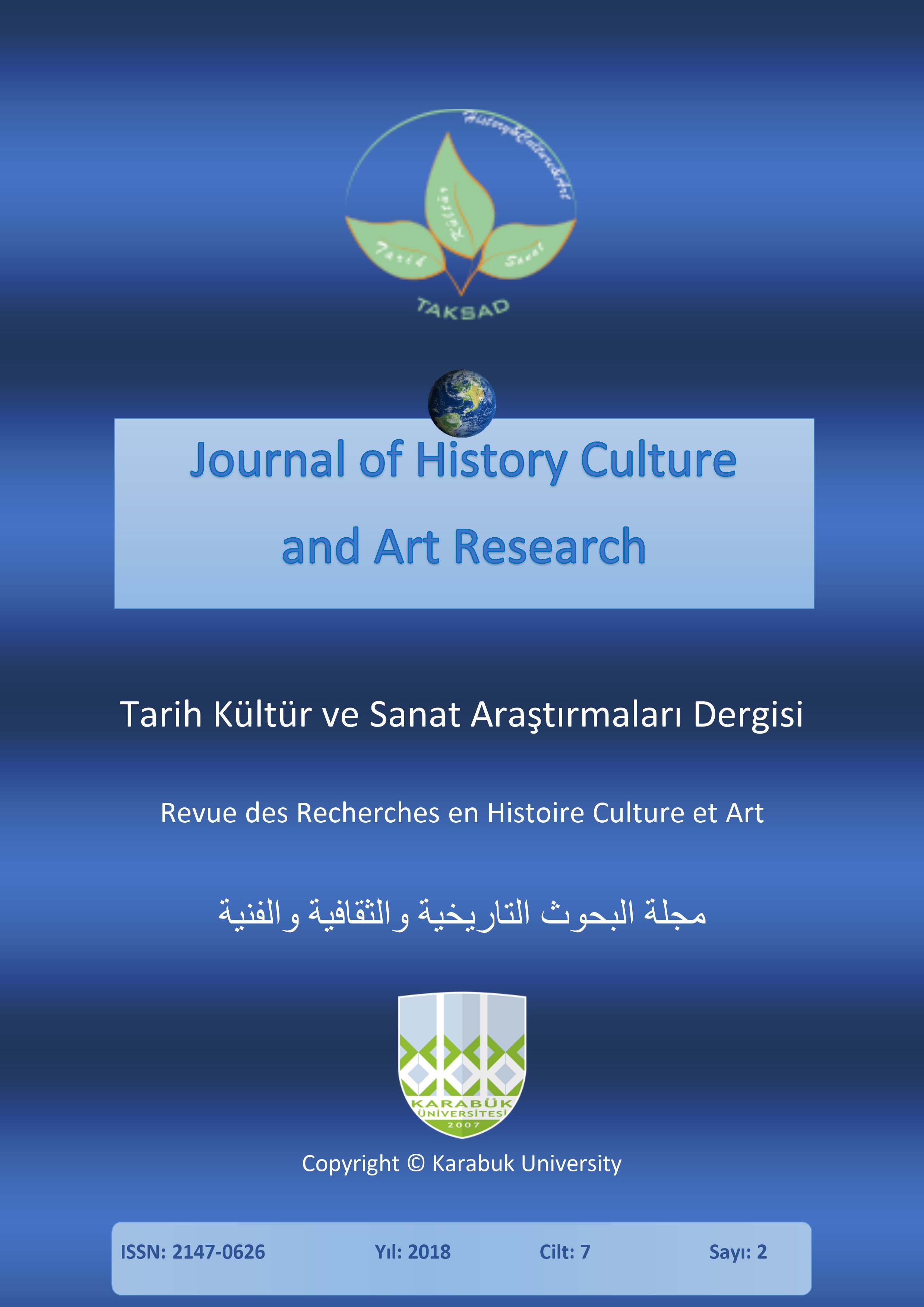Mental Structure of Assessment and its Hierarсhiс Structure
DOI:
https://doi.org/10.7596/taksad.v7i2.1595Anahtar Kelimeler:
Interdisciplinary approach- Dynamic- Assessment- Value- Mental structure- Concept- Synergy.Özet
This article describes the conceptual basis of formation of the mental structure of assessment. As it is stated in the ongoing research, the structure consists of obligatory and optional elements which constitute a hierarchy. To prove this fact, special attention is given to the conceptual features of these elements, their content and correlation with the object of reality. Considering the mental structure under study as a structure with transparent borders, we pay particular attention to the possible connection of the concept under study and other mental structures in the situation of assessment. Similarity between the mental structure and a synergetic self-developing system is also pointed out. This is possible due to the equivalent parameters of the concept of assessment and self-organizing non linear, dissipative synergetic system flexible to changes in the process of evolution.
Referanslar
Beljaevskaja, E. G. (1992). Semanticheskaja struktura slova v nominativnom i kommunikativnom aspektah: kognitivnye osnovanija semanticheskoj struktury slova: dis. … d-ra filol. nauk: 10.02.19. Moscow. (in Russian).
Boldyrev, N. N. (2003). Invarianty i prototipy v sistemnoj i funkcional'noj kategorizacii anglijskogo glagola // Problemy funkcional'noj grammatiki: semanticheskaja invariantnost'/variativnost' / Ros. akad. nauk, In-t lingv. issled. St. Petersburg. – S. 54 – 75. (in Russian).
Dejk, T. A. Van (1989). Kontekst i poznanie. Frejmy znanij i ponimanie rechevyh aktov // Dejk T. A. van. Jazyk. Poznanie. Kommunikacija: sb. rabot / sost. V. V. Petrova. – Moskva. – S. 12 – 40. (in Russian).
Dem'jankov, V. Z. (2003). Interpretacija politicheskogo diskursa v SMI // Jazyk SMI kak objekt mezhdisciplinarnogo issledovanija: ucheb. posobie / Mosk. gos. un-t im. M. V. Lomonosova; [otv. red. M. N. Volodina]. – Moskva. – S. 116 –133. – Rezhim dostupa: http://www.infolex.ru/SMI1.htm. (in Russian).
Fillmor, Ch. D. (1998). Frejmy i semantika ponimanija // Kognitivnye aspekty jazyka / sost., red.: V. V. Petrova, V. I. Gerasimova. – Moskva, 1988. – S. 52 – 92. – (Novoe v zarubezh. lingvistike; vyp. 23). (in Russian).
Geeraerts, D. (1983). Reclassifying semantic change. Quaderni di Semantica, 4 (2): 217 – 240.
Givón, T. (1990). Syntax: a functional-typological introduction [Text] : 2 vol. / T. Givón. – Amsterdam : J. Benjamins Pub. Co., 1984-1990. – Vol. 1. – Amsterdam. – 464 p.
Gizdatov, G. G. (1998). Kognitivnaja paradigma izuchenija jazyka // Semantika jazykovyh edinic. Doklady VI Mezhdunarodnoj konferencii. T. 1.-M. (in Russian).
Karaban, V. I. (1992). Pragmalopka u movoznavstv // Sintaksis, semantika i pragmatika movnih odinic'. K.: NMKVO. – S. 64 – 69. (in Russian).
Kolshanskij, G. V. (1978). Tekst kak edinica kommunikacii // Problemy obshhego i germanskogo jazykoznanija. M.: MGU. – S. 26 – 37. (in Russian).
Kuprieva, I. A. (2014). «Mehanizmy verbalizacii mental'nyh struktur leksemami so znacheniem «psihicheskie processy» v anglojazychnom diskurse». Dis-ja na soiskanie uch.st. d-ra filol.n. – S.43-47. (in Russian).
Lakoff, G. (1987). Women, fire, and dangerous things: what categories reveal about the mind. Chicago: University of Chicago Press.
Rosch, Е. H. (1975). Cognitive representations of semantic categories. Journal of Experimental Psychology: General, 104(3): 192-233.
Slovari i jenciklopedii na Akademike (2014). Akademik, 2000-2014. – URL: http://dic.academic.ru/ (in Russian).
Taylor, J. R. (1995). Linguistic categorizaion; prototypes in linguistic theory. Oxford: Clarendon Press.
İndir
Yayınlanmış
Nasıl Atıf Yapılır
Sayı
Bölüm
Lisans
Tarih Kültür ve Sanat Araştırmaları Dergisi'nde yayımlanan tüm çalışmalar Creative Commons 4.0 CC-BY lisansı ile lisanslanmıştır.
Bunları yapmakta özgürsünüz:
- Bu eseri her boyut ve formatta paylaşabilir — kopyalayabilir ve çoğaltabilirsiniz.
- Materyalden Adapte et — karıştır, aktar ve eserin üzerine inşa et
- her türlü amaç için, ticari amaç da dahil
Alttaki şartlar altında:
Atıf — uygun bilgiyi, lisansa linki, and ve değişiklik yapıldıysa değişiklik bilgisinivermelisiniz. Sizi veya kullanımınızı lisansörün onayladığı bilgisini içermemek kaydıyla, size uygun şekilde bu işlemleri gerçekleştirebilirsiniz.
AynıLisanslaPaylaş — Eğer materyali karıştırdınızsa, aktardınızsa ya da materyalin üzerine çalıştınızsa, ancak aynı lisans ile dağıtabilirsiniz.
- Ek sınırlamalar yoktur — Lisansın izin verdiği hakları başkaları üzerinde kanunlarla ya da teknolojiyikullanarak sınırlayamazsınız.







